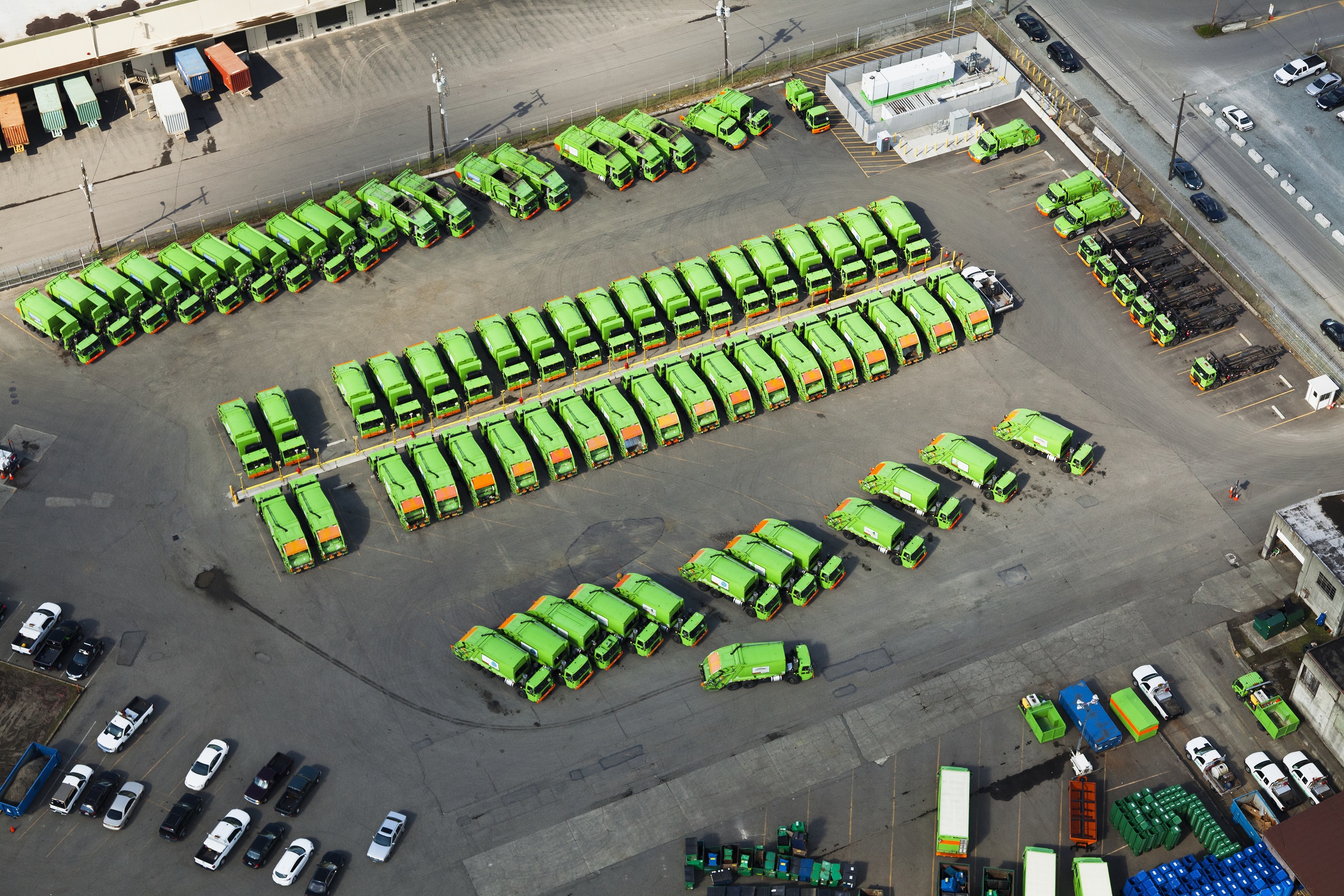Petrol and Diesel fuels recently crossed the 100rs mark in our country. This has spurred a lot of conversations about alternative fuel systems. That can be easily used to replace these traditional fuels without buying a new car.
Whenever we talk about such alternative fuel systems, CNG often gets mentioned. In a country like India, this system is easily the most popular alternative to gasoline. Even though we can always use fuels like LPG or CNG for similar operations.
You can always read up on our ‘Introduction to CNG‘ blog, to get a better idea of what CNG is. For this article, we are instead focusing on how CNG differs from other types of pressurized fuel. The direct comparison will be between CNG and LPG. Since they are both used in household applications for cooking and heating purposes.
And on the surface appear quite similar to each other, In terms of both their storage requirements, as well as usability. Even though when you focus a bit deeper, the differences are more significant than we realize.
Main Difference Between CNG & LPG
- One of the first main differences between these fuels is their composition. CNG only has one main component, i.e. methane gas. Whereas LPG is generally made up of a bunch of lighter gases. Like propane, butane, propylene, butylene, and other lighter hydrocarbons.
- CNG fuel is often sourced from coal bed methane wells. It doesn’t need any other additives to perform its functions. Whereas, LPG is generally sourced from natural gas fields. And is often created as a byproduct of the petroleum refining process itself.
- Once collected CNG remains in a gaseous form. Whether you store it in normal conditions, or even when compressed. LPG on the other hand is a gas at normal temperature. But when compressed can turn into liquid under high pressure.
- One of the main differences between these gases is their weight when compared to air. CNG is lighter than air, therefore it evaporates and disperses easily. LPG on the other hand is heavier than air and settles on the ground. This means the latter is messier in terms of a spill.
- Even though both gases are odorless, as well as colorless. Companies often add an artificial smell to LPG considering the risk of spills. CNG on the other hand doesn’t get such a heavy dose. Even though both systems are generally sealed before they can be safely used.
- Another big difference in both fuels is their thermal efficiency. In layman’s terms, it is the ratio between the input and output of a thermal system like an ICE engine. While LPG has a thermal efficiency that is similar to that of gasoline. CNG has a higher thermal efficiency than both, as its octane number rating is also higher.
- At the same time, LPG has a much higher calorific value than any other fuel. Whereas with CNG you only get a calorific value of around 35 to 40 MJ/m3. With LPG, you can get as much as 90 to 95 MJ/m3. This means that LPG is more efficient than biogas, petrol, diesel, kerosene, and CNG.
- As we have mentioned elsewhere, CNG has a very high auto-ignition temperature (540 °C). As well as a narrow range of flammability. This means that it is less likely to ignite on hot surfaces. On the other than, LPG is a lot riskier to store, as it is highly flammable. And doesn’t disperse naturally like CNG.
- When it comes to emissions and spills, both fuels have some negatives against them. As the methane from CNG is in itself a greenhouse gas. And by burning it we release even more carbon dioxide and carbon monoxide. But at the same time, it is still a lot cleaner compared to LPG. Which even though has a greater calorific value. Also produces a lot more greenhouse gases when burned.
- The last main difference is the price itself. Where CNG is still relatively cheaper at around 50-60rs per kg. LPG has become a bit more expensive in our country. With the average cost going well above 70rs per kg. We also have to factor in the conversion costs of vehicles. Since CNG kits are easily available and aren’t too expensive. While LPG kits are still a lesser-known product. With fewer companies producing them at scale.
By now, it must be clear that while LPG is great for use in household applications. It is still not a major contender amongst car fuels. We created this comparison as a thought exercise. To help you understand and appreciate the differences between these two fuels. And how we can use them as a means of moving away from gasoline.

Leave a Reply